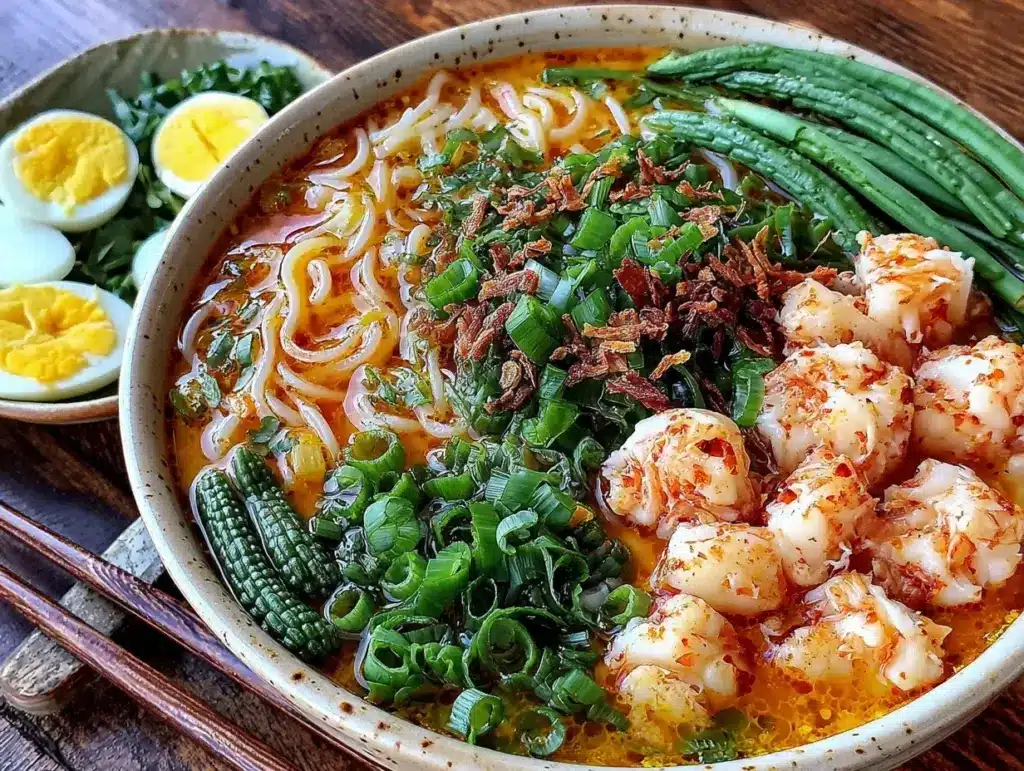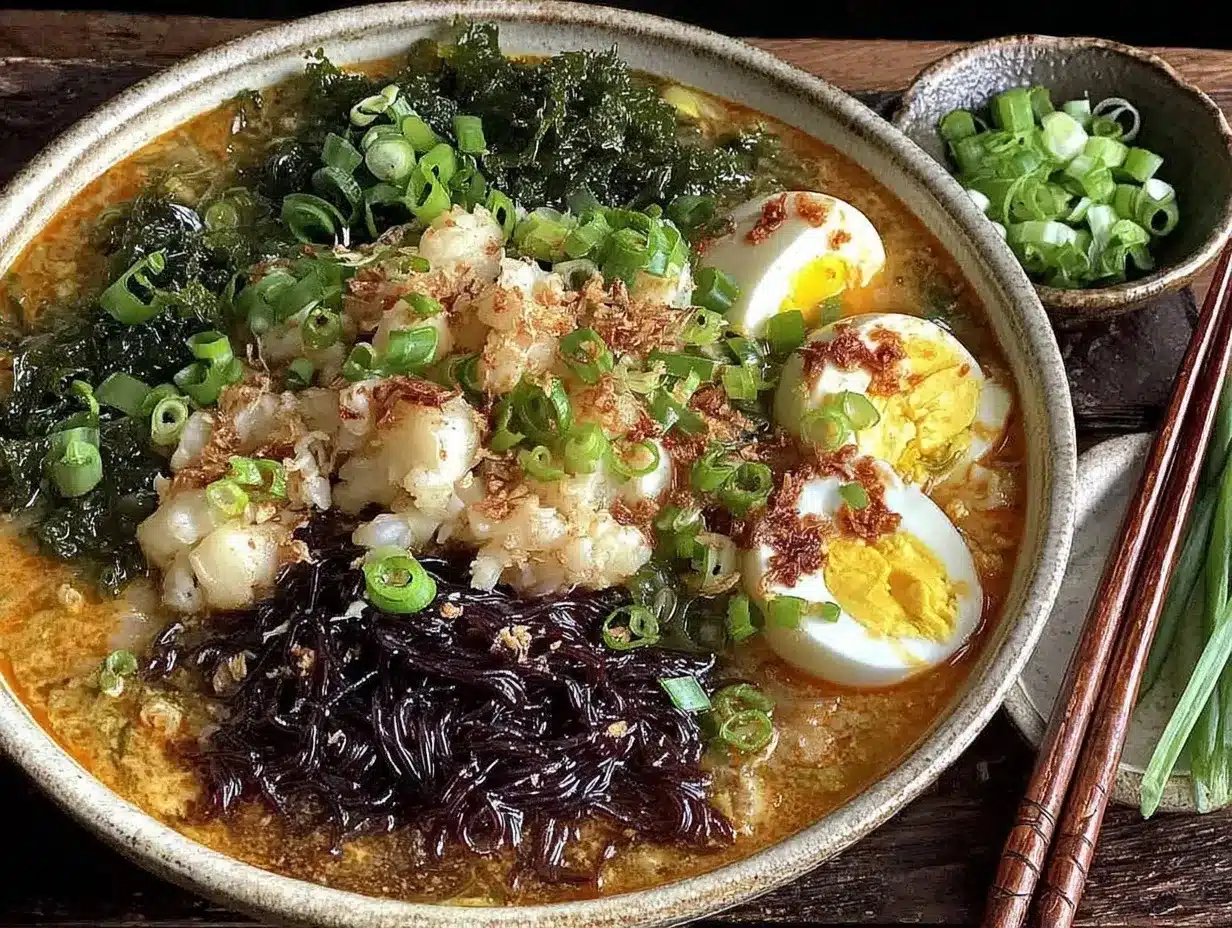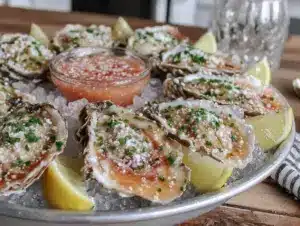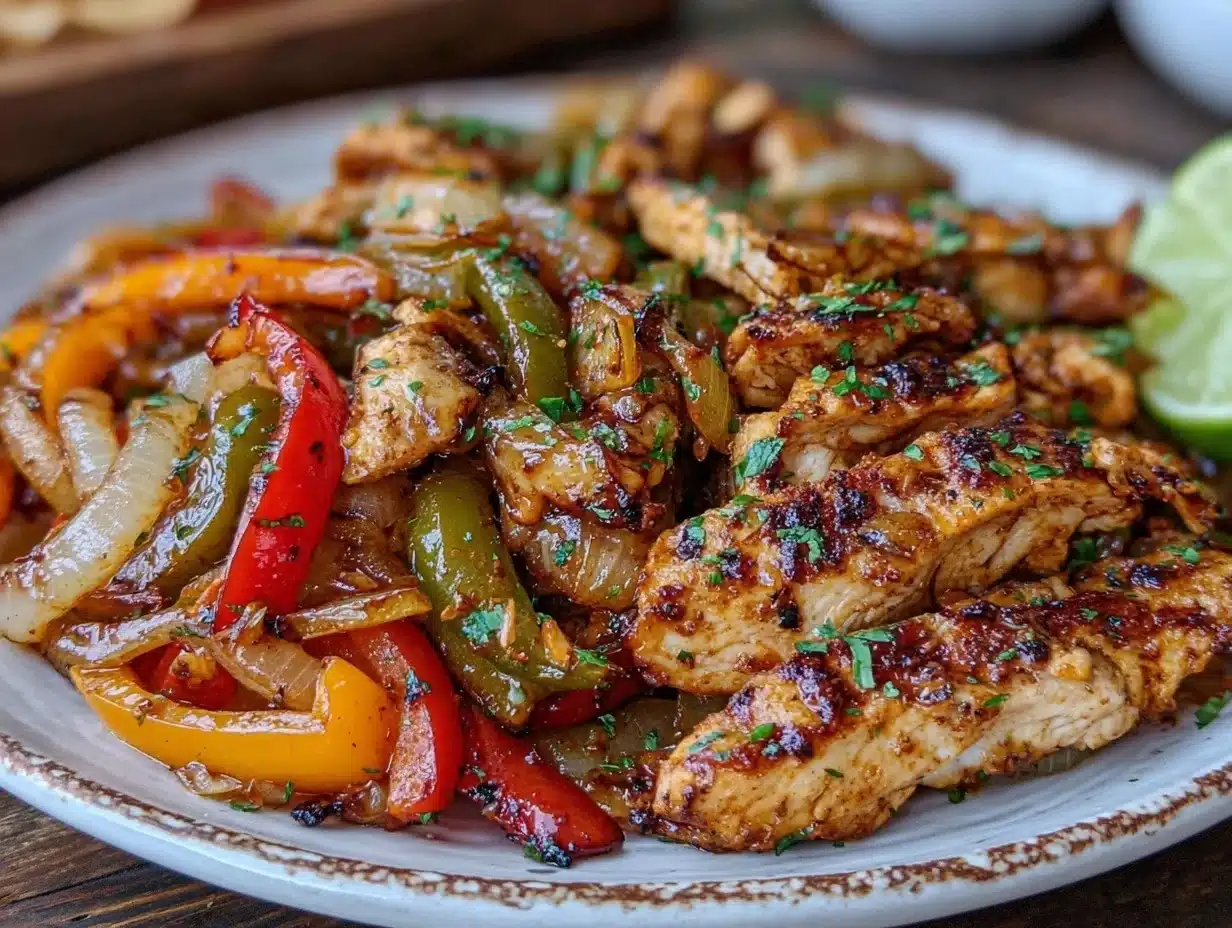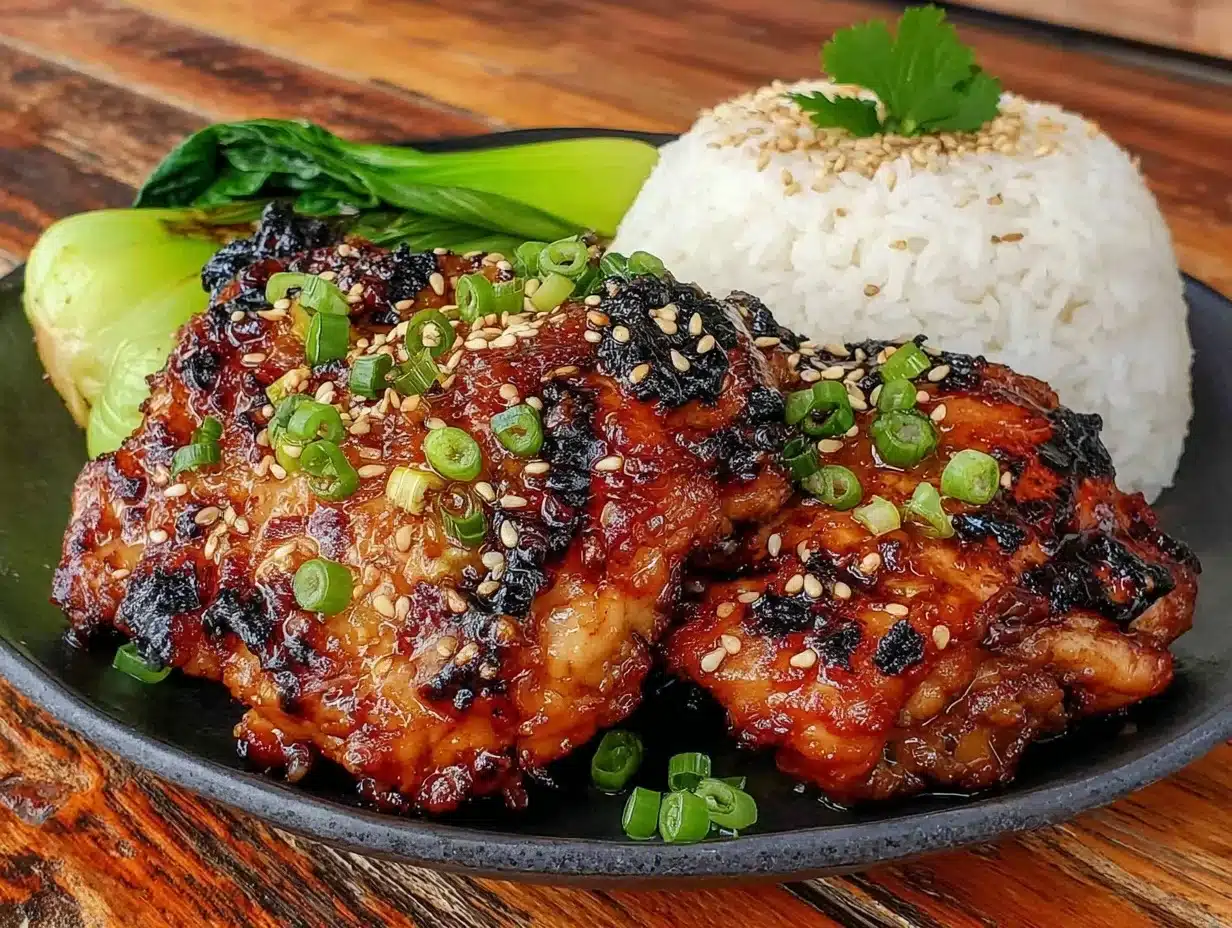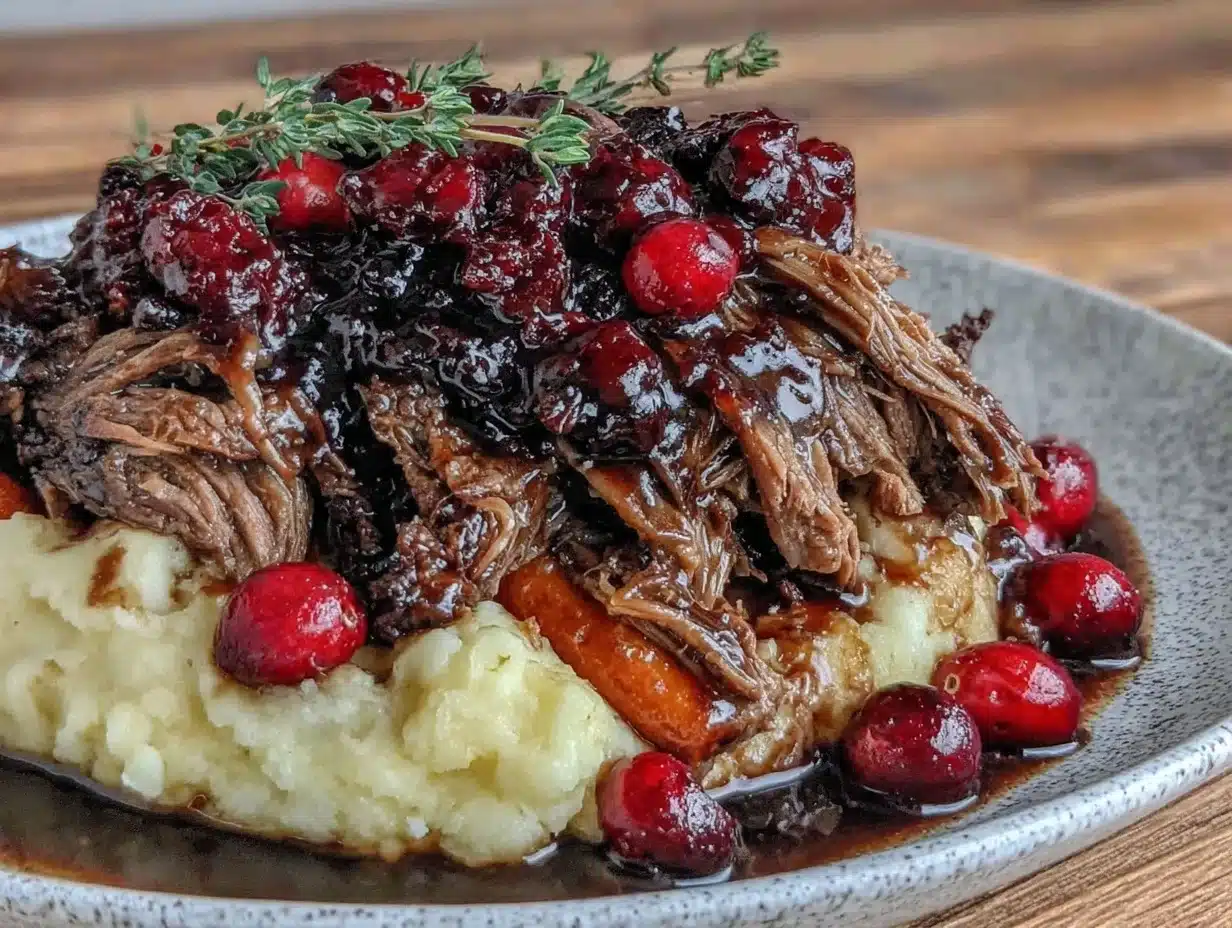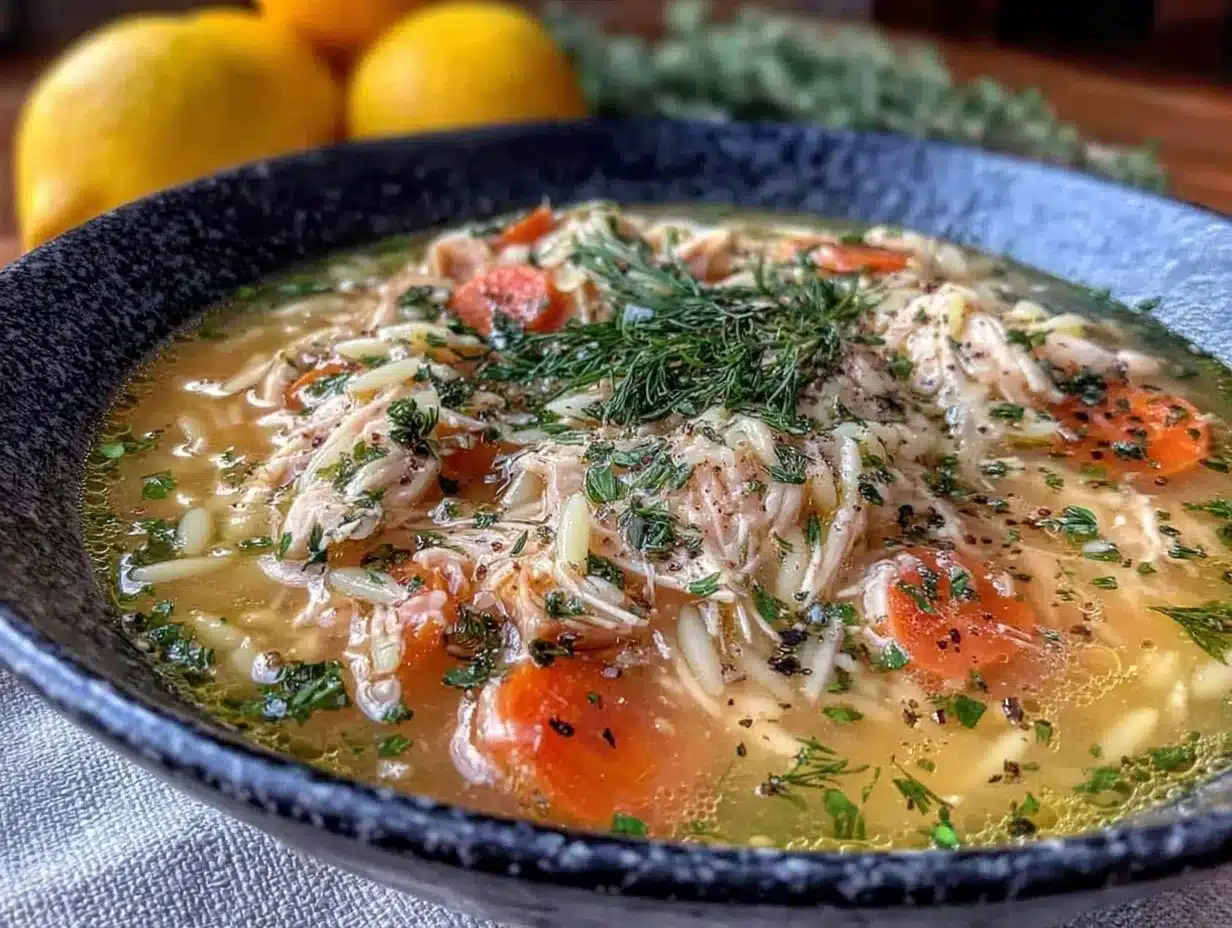The first time I tasted Banh Da Cua, I couldn’t believe how much flavor could be packed into one bowl of soup. The rich broth, infused with crab, tomatoes, and a touch of indulgence from fried shallots, was a revelation. The chewy rice noodles, called “banh da,” added an irresistible texture, while fresh herbs brought everything to life. It’s a dish that feels like a warm hug, and honestly, I’m not sure I’ve ever had a more comforting soup. Whether you’re a fan of Vietnamese cuisine or new to it, this recipe is a must-try. I’ve tweaked it a bit for home kitchens, but trust me, the soul of Banh Da Cua is alive and well in this recipe.
This soup is a celebration of flavors and textures, and the best part? You don’t need to book a flight to Haiphong to enjoy it. With a little patience and some simple ingredients, you can bring the magic of Banh Da Cua right into your kitchen. I’ve tested this recipe multiple times, and I’m excited to share every tip and trick I’ve learned along the way.
Why You’ll Love This Recipe
- Authentic Yet Simplified: While maintaining the essence of Vietnamese Banh Da Cua, this recipe has been adapted for home cooks without sacrificing flavor.
- Unforgettable Flavor: The combination of crab, tomatoes, and fried shallots creates a broth that’s rich, savory, and slightly sweet—a symphony of tastes.
- Perfect Texture: Chewy rice noodles and fresh herbs make every bite a joy to eat.
- Impressively Easy: Though it looks like a complex dish, I promise the steps are straightforward, even if you’re new to Vietnamese cooking.
- Healthy Comfort Food: Packed with protein from crab and loaded with fresh herbs, this soup is as nourishing as it is delicious.
What sets this recipe apart is the balance of flavors and textures. It’s not just a crab soup—it’s a masterpiece that combines the softness of noodles with the crunch of fried shallots, the tang of tomatoes, and the freshness of herbs. Whether you’re serving it to guests or enjoying it on a quiet night, this dish will transport you to the bustling streets of Vietnam with every spoonful. It’s comfort food with a twist, and it’s bound to become a favorite in your home!
What Ingredients You Will Need
This recipe uses fresh, accessible ingredients to create the unforgettable taste of Banh Da Cua. Here’s what you’ll need:
- Banh Da Noodles: These flat, wide rice noodles are the backbone of the dish. Look for them in Asian grocery stores or substitute with rice stick noodles if needed.
- Crab Meat: Fresh or canned crab meat will work. If you’re using canned, make sure it’s high-quality and packed in water.
- Crab Paste: This ingredient gives the broth its signature flavor. You can find it at Asian markets or online.
- Tomatoes: Fresh, ripe tomatoes are best for the broth. They add a natural sweetness and tang.
- Fried Shallots: These crispy bits are a game changer, adding amazing texture and a pop of flavor.
- Fish Sauce: A must-have for that authentic Vietnamese taste. Choose a good-quality fish sauce for the best flavor.
- Chicken or Pork Stock: A rich, homemade stock is ideal, but store-bought works as well.
- Garlic: Fresh garlic adds an aromatic base to the broth.
- Spring Onions: Slice these thinly for a bright, fresh finish.
- Fresh Herbs: Mint, cilantro, and perilla leaves are traditional, but feel free to use what you have on hand.
- Seasonings: Salt, sugar, and optional MSG for that extra umami boost.
Feel free to make substitutions as needed. For example, if you can’t find banh da noodles, rice vermicelli or egg noodles can work in a pinch. And while crab is the star of the dish, shrimp or a mix of seafood can be used as an alternative.
Equipment Needed
- Large Stockpot: For cooking the broth and noodles.
- Skimmer or Fine Mesh Strainer: Useful for removing any solids from the broth.
- Sharp Knife: To chop your herbs and slice the shallots.
- Cutting Board: A sturdy board for prepping ingredients.
- Sauté Pan: For frying the shallots and garlic.
If you don’t have a skimmer, a simple slotted spoon can work as an alternative. And while a good stockpot is ideal, any large pot will do as long as it has enough capacity for both the broth and noodles.
Preparation Method
- Prepare the Fried Shallots: Thinly slice shallots and fry them in hot oil until golden brown and crispy. Drain on a paper towel and set aside.
- Make the Broth: In a large stockpot, heat a tablespoon of oil over medium heat. Add minced garlic and sauté until fragrant, about 1 minute. Add chopped tomatoes and cook until softened, approximately 3-5 minutes.
- Pour in the chicken or pork stock and bring to a gentle boil. Stir in the crab paste, fish sauce, and a pinch of sugar and salt. Let the broth simmer for 15 minutes, allowing the flavors to meld together.
- Cook the Noodles: Boil water in a separate pot. Add the banh da noodles and cook according to the package instructions—usually 3-5 minutes. Drain and rinse under cold water to prevent sticking.
- Add the Crab Meat: Gently add the crab meat to the simmering broth, being careful not to break it apart too much. Cook for 3-5 minutes until heated through.
- Assemble the Soup: Divide the cooked noodles into bowls. Ladle the hot broth and crab meat over the noodles. Top with fried shallots, chopped spring onions, and fresh herbs.
- Serve: Serve immediately with lime wedges, chili slices, and extra fish sauce on the side for customization.
Make sure to taste your broth before serving and adjust the seasoning as needed. The key to this dish is balance—sweet, savory, and umami flavors working together harmoniously.
Cooking Tips & Techniques
- Don’t Skip the Fried Shallots: They add a crunchy texture and deep flavor that complements the soup perfectly.
- Use Fresh Ingredients: Fresh crab meat and ripe tomatoes make a world of difference in this dish. If you can source fresh herbs like mint and perilla, even better!
- Simmer, Don’t Boil: When cooking the crab meat and broth, avoid boiling it too vigorously as it can affect the delicate seafood flavor.
- Prep Ahead: Chop your herbs and fry the shallots in advance to save time when assembling the soup.
- Customize the Heat: Everyone has their own spice tolerance. Serve chili slices on the side so your guests can add as much or as little heat as they like.
One thing I’ve learned from experience? Taste as you go! The balance of flavors in Banh Da Cua is key, so ensure your broth is seasoned perfectly.
Variations & Adaptations
- Vegetarian Version: Swap out the crab meat and crab paste for tofu and a vegetarian mushroom broth. Use soy sauce instead of fish sauce.
- Seafood Mix: Add shrimp, squid, or fish along with the crab to create a seafood medley.
- Spicy Kick: Stir in chili paste or top with more sliced fresh chilies for an extra fiery version.
- Gluten-Free Option: Ensure your noodles are gluten-free, or use rice vermicelli as a substitute.
- Seasonal Twist: In summer, toss in fresh vegetables like zucchini ribbons or snap peas for added crunch and freshness.
One of my favorite tweaks is to add a soft-boiled egg on top for extra richness—it’s not traditional, but it’s seriously delicious!
Serving & Storage Suggestions
Banh Da Cua is best enjoyed piping hot, right after it’s made. Here are some tips:
- Serving Suggestions: Serve with extra lime wedges, fresh chilies, and a side of crusty bread or steamed greens. A cold glass of jasmine tea pairs beautifully with this soup.
- Storage Tips: Store leftover soup and noodles separately in airtight containers in the refrigerator for up to 2 days.
- Reheating Tips: Gently reheat the broth over low heat. Reheat the noodles by dipping them briefly in boiling water before adding to the bowl.
- Flavor Develops Over Time: The broth gets even better after a day in the fridge—just make sure to keep it covered.
If you plan to freeze the soup, do so without the noodles. Freeze the broth and crab meat in a container, and cook fresh noodles when ready to serve.
Nutritional Information & Benefits
Banh Da Cua soup is not only delicious but also nutritious:
- Protein-Packed: Thanks to the crab meat, this soup is a great source of lean protein.
- Rich in Antioxidants: Tomatoes and fresh herbs provide vitamins and antioxidants that boost your immune system.
- Low in Calories: With its broth-based composition, this soup is light yet satisfying.
- Dietary Considerations: Naturally gluten-free (with the right noodles) and can easily be made dairy-free.
Be mindful that crab is a common allergen, so check with your guests before serving. If you’re watching sodium, reduce the fish sauce and salt slightly for a lighter version.
Conclusion
Banh Da Cua soup is truly a labor of love, but the reward is worth every bit of effort. From the first sip to the last bite, you’ll be transported to the vibrant streets of Vietnam. It’s a dish that brings warmth, comfort, and a unique taste of culture right to your table.
I love this recipe for its simplicity and soulfulness. It’s become a family favorite, and I hope it becomes one in your home too. Don’t be afraid to experiment with the ingredients and make it your own. After all, cooking is all about creativity!
If you try this recipe, I’d love to hear how it turned out for you! Share your thoughts in the comments below or tag me on social media—I can’t wait to see your delicious creations. Happy cooking!
FAQs
Can I use imitation crab for this recipe?
While fresh crab meat is ideal, imitation crab can be used as an alternative if you’re unable to find fresh or canned crab. Keep in mind it may slightly alter the flavor.
Where can I find banh da noodles?
You can usually find banh da noodles at Asian grocery stores, especially those specializing in Vietnamese products. If unavailable, wide rice noodles or rice vermicelli can work as substitutes.
Can I make this soup ahead of time?
Yes! You can prepare the broth and fried shallots in advance and store them in the refrigerator. Cook the noodles fresh when you’re ready to serve for the best taste and texture.
How do I make this soup spicier?
Add chili paste to the broth while simmering, or serve with fresh chili slices on the side so everyone can adjust the spice level to their liking.
What herbs are traditional for Banh Da Cua?
Mint, cilantro, and perilla leaves are commonly used in traditional Banh Da Cua recipes. Don’t hesitate to mix and match to suit your taste!
Pin This Recipe!
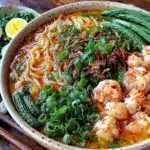
Flavorful Vietnamese Banh Da Cua Soup Recipe You Can Make at Home
- Total Time: 50 minutes
- Yield: 4 servings
Description
A comforting Vietnamese crab noodle soup with rich flavors, chewy rice noodles, and fresh herbs that bring the dish to life.
Ingredients
- Banh Da Noodles (flat, wide rice noodles)
- Fresh or canned crab meat
- Crab paste
- Fresh, ripe tomatoes
- Fried shallots
- Fish sauce
- Chicken or pork stock
- Fresh garlic
- Spring onions
- Fresh herbs (mint, cilantro, perilla leaves)
- Salt
- Sugar
- Optional MSG
Instructions
- Prepare the Fried Shallots: Thinly slice shallots and fry them in hot oil until golden brown and crispy. Drain on a paper towel and set aside.
- Make the Broth: In a large stockpot, heat a tablespoon of oil over medium heat. Add minced garlic and sauté until fragrant, about 1 minute. Add chopped tomatoes and cook until softened, approximately 3-5 minutes.
- Pour in the chicken or pork stock and bring to a gentle boil. Stir in the crab paste, fish sauce, and a pinch of sugar and salt. Let the broth simmer for 15 minutes, allowing the flavors to meld together.
- Cook the Noodles: Boil water in a separate pot. Add the banh da noodles and cook according to the package instructions—usually 3-5 minutes. Drain and rinse under cold water to prevent sticking.
- Add the Crab Meat: Gently add the crab meat to the simmering broth, being careful not to break it apart too much. Cook for 3-5 minutes until heated through.
- Assemble the Soup: Divide the cooked noodles into bowls. Ladle the hot broth and crab meat over the noodles. Top with fried shallots, chopped spring onions, and fresh herbs.
- Serve: Serve immediately with lime wedges, chili slices, and extra fish sauce on the side for customization.
Notes
[‘Don’t skip the fried shallots—they add a crunchy texture and deep flavor.’, ‘Use fresh ingredients like ripe tomatoes and fresh crab meat for the best results.’, ‘Simmer the broth gently to preserve the delicate seafood flavor.’, ‘Prep herbs and fried shallots ahead of time to save cooking time.’, ‘Serve chili slices on the side for customizable spice levels.’]
- Prep Time: 20 minutes
- Cook Time: 30 minutes
- Category: Main Course
- Cuisine: Vietnamese
Nutrition
- Serving Size: 1 bowl
- Calories: 250
- Sugar: 5
- Sodium: 800
- Fat: 8
- Saturated Fat: 2
- Carbohydrates: 30
- Fiber: 3
- Protein: 15
Keywords: Vietnamese soup, crab noodle soup, Banh Da Cua, comfort food, Vietnamese recipe
